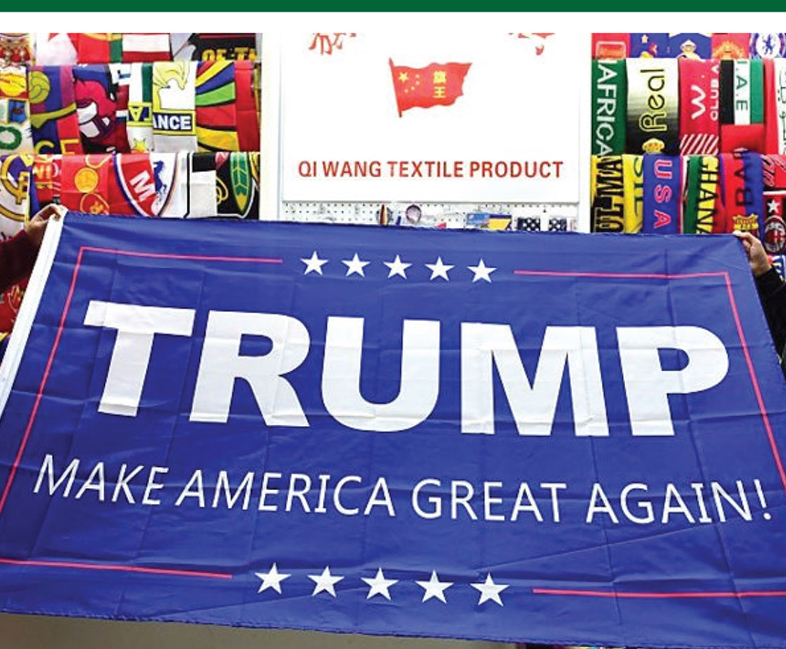- Home
- About
- Experts
- Publications
- Our Centers
- Policy Forums
- Speeches
- Events
- Multimedia
- Mon-Fri (9:00 am-7.00 pm)
- [email apolicyinstitute@gmail.com]
- +254 706 670 965
- Mon-Fri (9:00 am-7.00 pm)
- [email apolicyinstitute@gmail.com]
- +254 706 670 965

China’s Belt and Road Initiative (BRI), rightly praised as “one of the most ambitious development projects in human history” is currently moving cooperation on development a world scale to a whole new level. But in the second decade of the twenty-first century peaceful development is also facing a real and determined threat from resurgent geo-politics of the Cold War era and wave of antiglobalization posed by populism, isolationism and protectionism. These forces are converging in a refurbished Containment policy used to contain the Soviet Union during the Cold War, now being incrementally used by Washington to curb China’s expanding economic footprint and influence. AFRICA ANDTHE IMPACT OF THE NEW Last year, China marked forty years since its reform and opening up from the late 1978. This year, 2019, is also the 70th anniversary of “New China”, born in 1949. It is tempting to scholars and policy actors to narrow down the impact of China’s development on the world to either the post-1949 or post-1978 periods. However, a panoramic view of China’s development reveals that it has impacted the world over five distinct historic phases. First, the establishment of the old Silk Road over 5000 years ago connected civilizations in Asia, Africa and Europe, enriching populations from the Atlantic to the Indian Ocean and the Pacific. Its is the reimagination of this golden era of ‘collaboration of civilizations’ marked by peaceful people-topeople interactions and win-win transactions that has inspired, and is actually propelling China’s 21st century Silk Road.
Second, the humiliation that followed the violent conquest and occupation of non-Western world in Africa, Asia and Latin America from the 15th century is rightly characterized by the British scholar, Eric Hobsbawm, in his trilogy of world history as “the age of extremes”. The memory of humiliation, loss of territory and sovereignty, the devastation arising from two world wars, violent wars of liberation, massive displacement of populations and mass poverty largely informs China’s idea of peaceful development and building a community of shared destiny for humanity.
Third, and linked to above, is the Cold War era (1945- 1989), marked by upheavals, revolutions and wars. New China, itself born in this revolutionary era, supported anti-colonial liberation movements in Africa as elsewhere. And despite its own poverty, China funded grand infrastructural project such as the Tanzam Railway in Tanzania and Zambia in the 1970s. On its part, Africa supported New China to regain its seat in the United Nations Security Council. The China model that followed the Reform and Opening up, the turn to the market within the context of its civilization and culture or “socialism with Chinese characteristics”, and retention of a strong party system based on the principle of ‘democratic centralism’ as the basis of stability and long-term planning and implementation of its vision of development continue to inspire the emerging world.